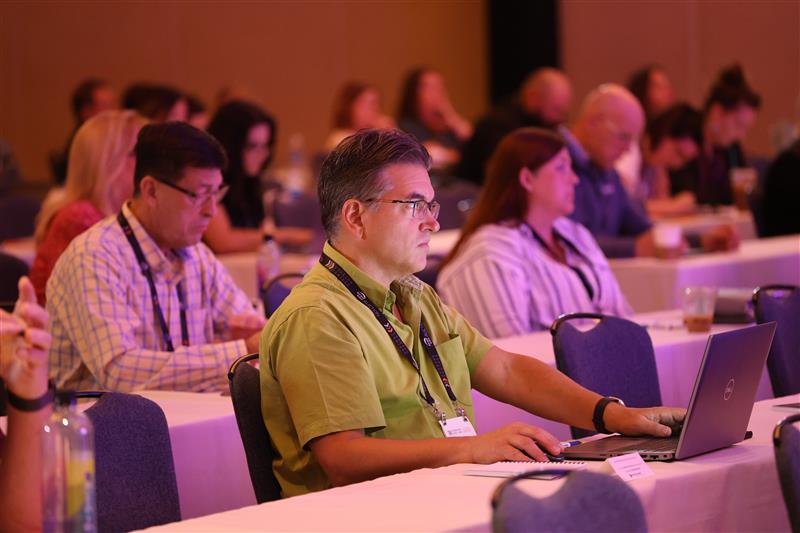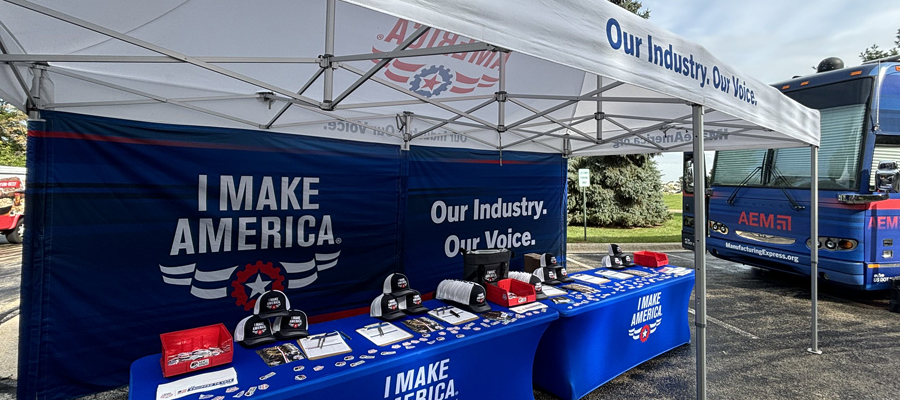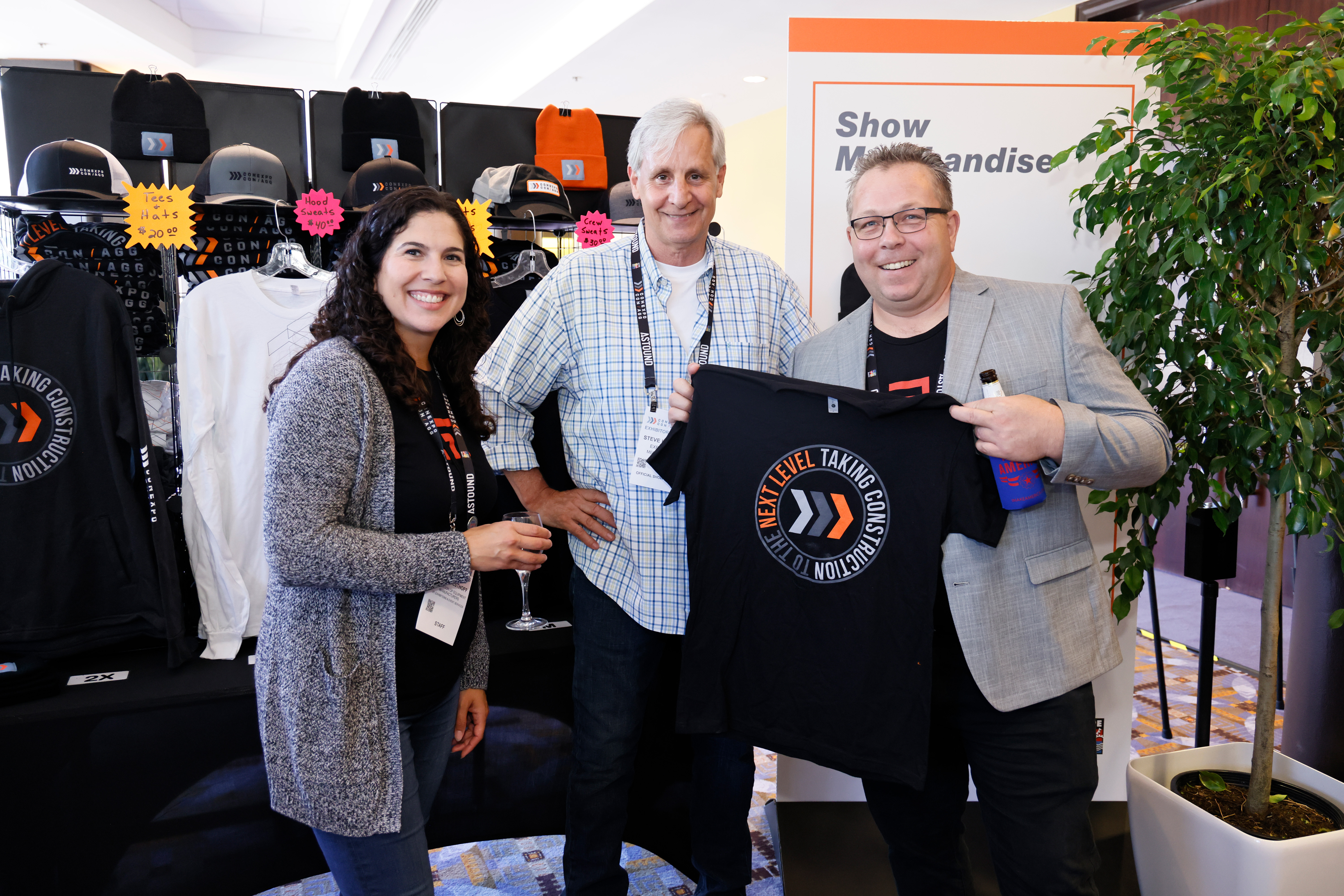There is no overstating the impact of both legislative and regulatory developments on equipment manufacturers' competitiveness and ability to move our industry forward.
While legislation typically focuses on what can best be described as “the big picture,” the details are often left to the regulatory agencies. And, as they say, “The devil is in the details.”
Fortunately, the details are where AEM is well-equipped to excel, thanks in no small part to the close and ongoing collaboration between our Advocacy and Safety & Product Leadership teams.
Through AEM, our members and our industry strive to develop and maintain open lines of communication with international, federal, and state regulatory agencies to educate stakeholders, find common ground, and support shared goals. Our association provides a common platform for equipment manufacturers and their suppliers to discuss regulatory and compliance issues, as well as technical barriers to trade.
Driving our efforts are the knowledge and expertise provided by our various Safety & Product Leadership Groups, which work in collaboration with one another and in support of our industry to influence better policy. Ultimately, the member leaders in these groups help convey:
- The desire of AEM member companies to build and market legally compliant equipment, and to promote the development and use of high quality, environmentally sustainable, and safe products.
- That the interests of all stakeholders be considered and understood when developing new regulations.
- The importance of ensuring regulatory certainty and regulatory stability in the marketplace.
Given the complexities of modern agriculture and construction equipment, the insights and perspectives AEM's Safety & Product Leadership Groups share with agencies play a crucial role in ensuring the creation of sound regulations.
However, knowledge underutilized is knowledge wasted. This is where our Advocacy team plays a part in AEM’s regulatory strategy.
Serving as liaisons, the Advocacy department works to build relationships and seek avenues to engage agency officials. Our primary goal is education on industry advancements and barriers to innovation, sustainability, safety, and growth.
This proactive approach is often taken before regulatory action is initiated. Examples of this outreach include our agriculture and construction demonstration days, “Celebration on the National Mall” events, and educational events and webinars designed to highlight modern non-road equipment technologies that have improved sustainability and safety. This free flow of information establishes AEM as trusted experts, affording us credibility and open lines of communication with regulators.
Not all regulations are unnecessary or overly burdensome, but AEM particularly focuses on regulations that do not provide enough lead time for equipment manufacturers to transition, are overly prescriptive, and do not provide sufficient clarity on how manufacturers can achieve desired goals. Even well-intended regulations can hurt equipment manufacturers’ ability to reach environmental goals, innovate, and create jobs.
With all that said, AEM has tiered goals during the regulatory process:
- Prevent overly burdensome regulations by demonstrating that industry is already addressing the concern via product design and/or consensus standards.
- If a standard does not exist, AEM will often initiate the standards development process.
- Failing the above, AEM will urge that existing standards serve as the foundation for future regulation.
Regulations require AEM member companies to invest a significant amount of time, business resources, and money to comply with new legal obligations. To help key stakeholders allocate resources most effectively, AEM ‘s Advocacy and Safety & Product Leadership teams are committed to fostering member company participation in our leadership groups, spurring investment in our engagement programs, and driving both shared goals and desired outcomes.
Through one collective voice speaking on behalf of our members and our industry, we are making an impact.





